Shanghai old landmark "Jincang Wenhua" has made a new appearance!Today, talk about the origin of the word "Cang" | Sharing before bedtime
Author:Jiefang Daily Time:2022.08.19
On August 18th, the trial operation of Shanghai Jincang Wenhua Plaza. As a key landmark project in Shanghai City, Jincang Wenhua Plaza was converted from the original Jincang Wenhua Hotel.
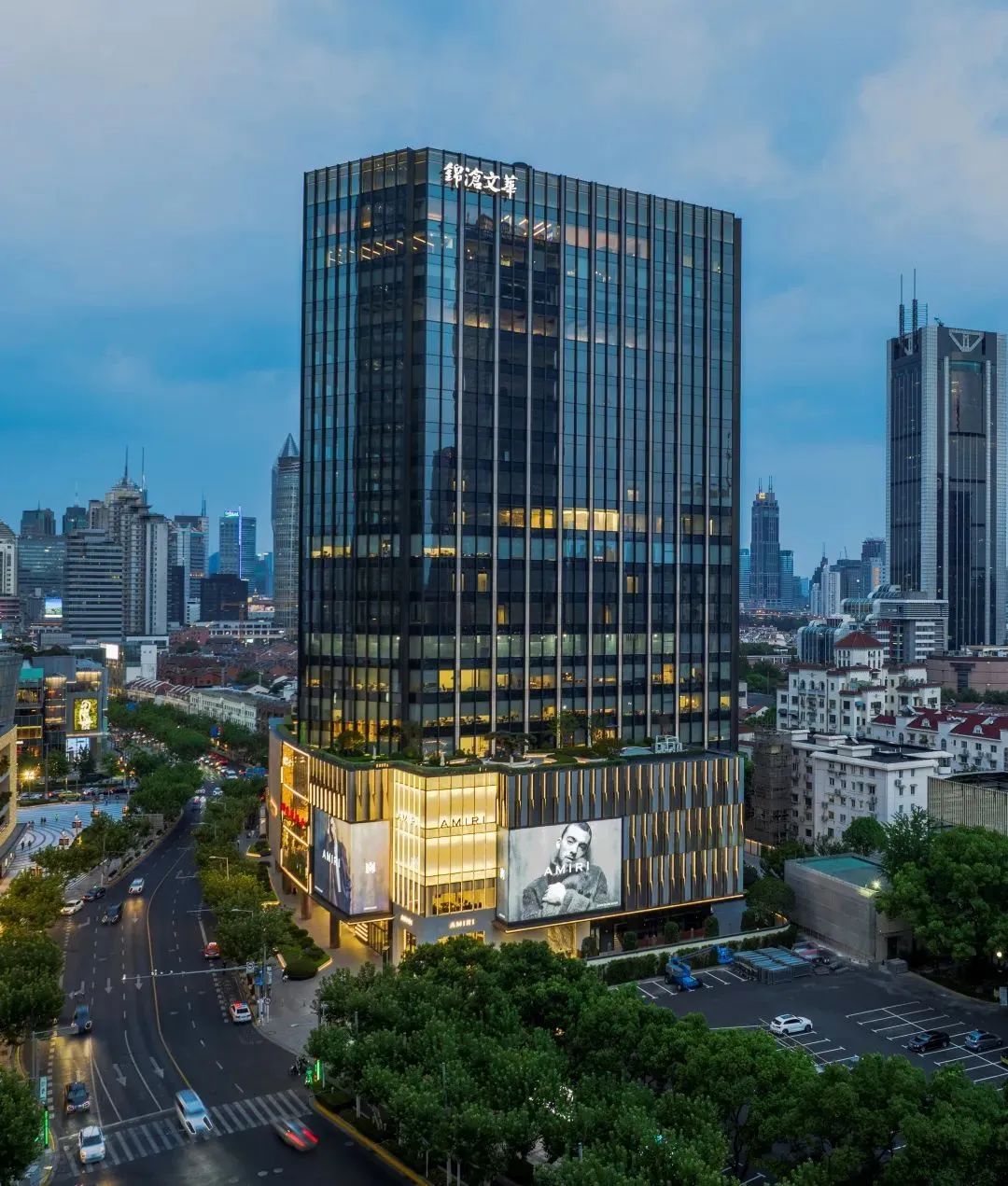
After several years of construction, the Jincang Wenhua Hotel, located in the business district of Nanjing West Road, is about to complete the transformation. It is renamed JC Plaza to choose a Ji Ji test business. The Nanjing West Road Commercial District has a highlight. "Jin Cang Wenhua" refers to the Jinjiang Hotel. "Cang" refers to the long -established Cangzhou Hotel. The old site is the well -known Cangzhou Hotel in old Shanghai. When it comes to Cangzhou Hotel, there is a history and story.
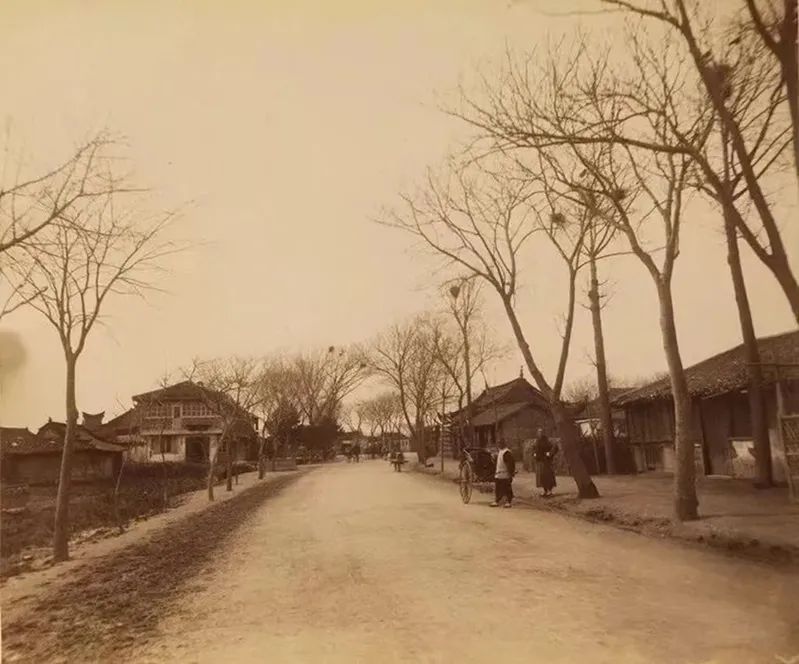
▲ On the side of Jing'an Temple around 1880, the side of the road can clearly see the traces left by the horse race. Picture from Fang Zhi Shanghai
The old name of Jing'an Temple in Nanjing West Road was named after it to Jing'an Temple. It was built in 1860 and was a "cross -border road building." In 1899, Jing'an Temple Road was included in the public concession. The road along the road became the goal of investment and construction of real estate developers. This area quickly became a high -end residential area and a business district. The British Jewish Harbin first purchased about 300 acres of land in Jing'an Temple Road and Changyu (Yan'an Middle Road) to build the "Harbin Garden". In 1904, it broke through the construction of the soil and was sued in 1909. The garden is designed by Huang Zongyang, one of the four monks in the Qing season, and is designed by Huang Zongyang, a monk of Wumeu Mountain. It is mainly Chinese -based and Western -style luxury houses.
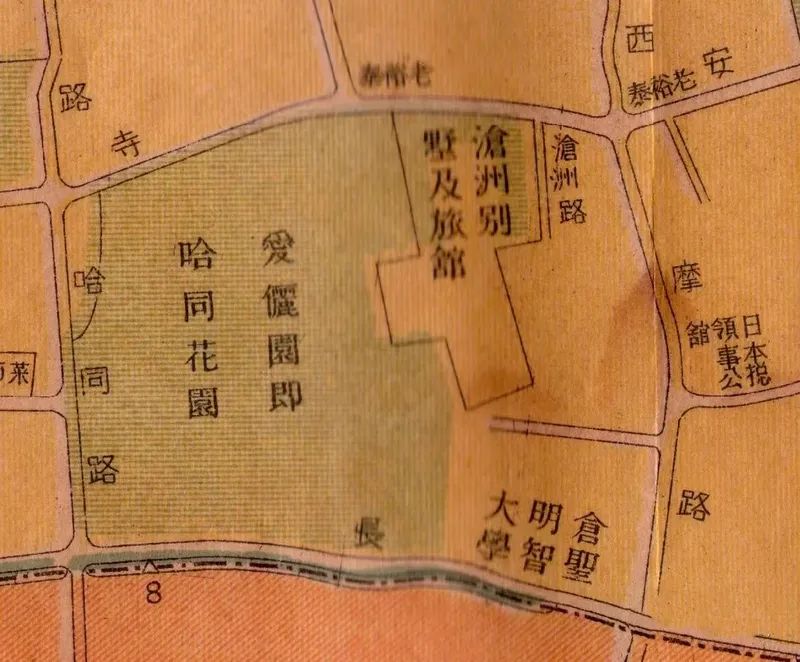
▲ Harong Garden and Cangzhou Villa and Hotel on the map in 1918
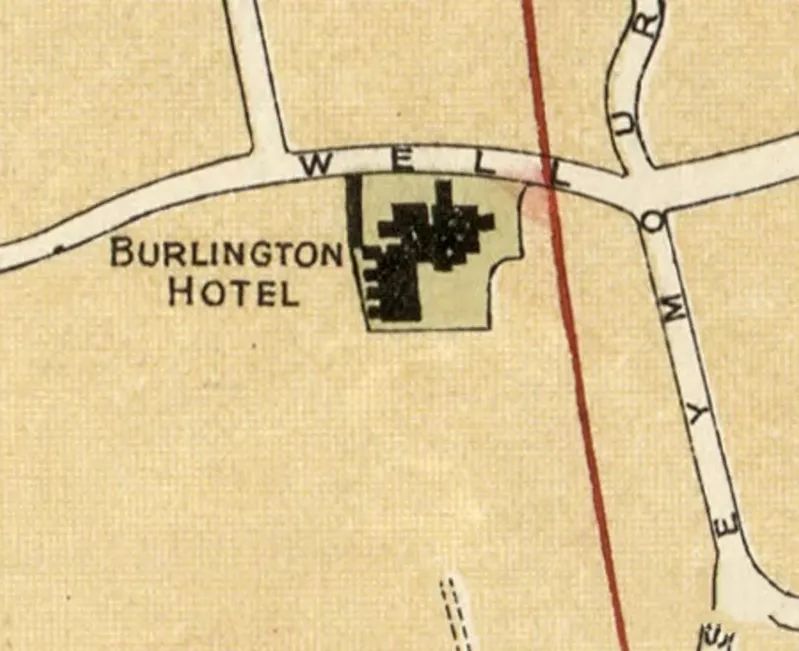
▲ The English version of the English version of 1918, on the right is Ximo Road (North Shaanxi Road), on the top is the black color part of Jing'an Temple Road (Nanjing West Road)
Ha Tong is Shanghai Jufu, with strong strength. The area of Hazari Garden is very large, almost occupying the plot surrounded by Shaanxi North Road, Weihai Road, Yan'an Middle Road, Tongren Road (Old Name Ha Tong Road) and Nanjing West Road. However, the northeast corner of this plot, that is, the plot of the Cangzhou Hotel, has not been included in the Harbin Garden.
A old photo provided by his friend Jiang Weiming is marked with "Mr Liu HSUEH HSUH's House on Bubbling Well Road", which is "the house of Liu Xuexun, Liu Xue, Jing'an Temple Road"; CHINA Desk Hong List ("List of the Wordslin") found that the residence registered by Liu HSUEH HSUN (Liu Xuexuan) is "173 Bubbling Well Road", which is 173 Jing'an Temple Road, and the early Cangzhou Hotel. The address is exactly the same. From this point of view, Mr. Ha Tong did not get this land from Liu Xuexuan.
After just one or two years, Liu Xuexuan cooperated with Shanghai Hotel (LTD.) to build it in stages to build Burlinton Hotel and Burlinton Villa. The Chinese names are "Cangzhou Hotel" and "Cangzhou Villa". One is a restaurant and the other is a residential house with medium and long -term leasing. The road leading to Cangzhou Hotel was also called "Cangzhou Road", which was 1225 later on Nanjing West Road.
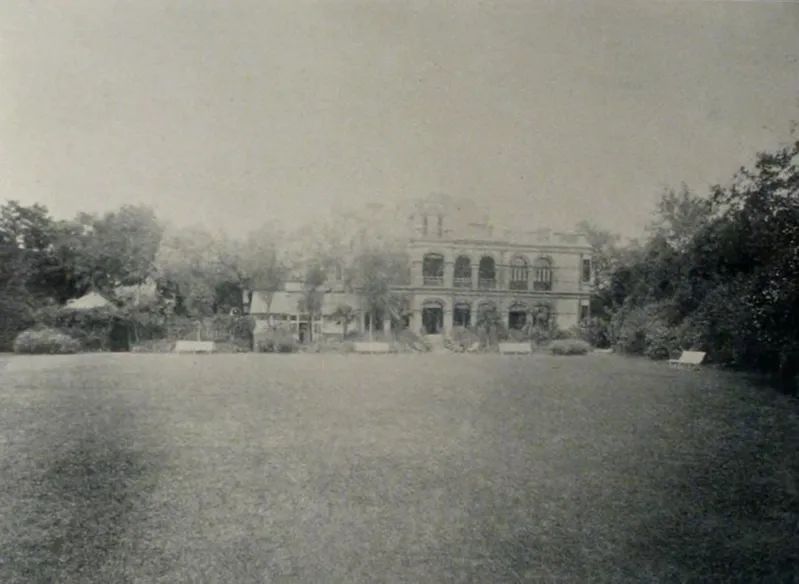
▲ Liu Xue, No. 173 Jing'an Temple Road, the old photo of the house, Jiang Weiming provided
Liu Xuexuan (1855-1935) asked, named 刍, No. Geng, a native of Xiangshan, Guangdong, and Mr. Sun Yat-sen. In the early years, he took the imperial examinations and won the talents. Later, he opened a casino in Guangdong to become a wealthy. Delivery with Mr. Sun Yat -sen and joined the Xingzhong Association. It was also forced Li Hongzhang to anti -clearing. Later, I tried to establish a new country with the emperor's system and parted ways with the Xingzhong Association. Investment in the real estate industry in Shanghai, Hangzhou and other places has become a real estate crocodile.
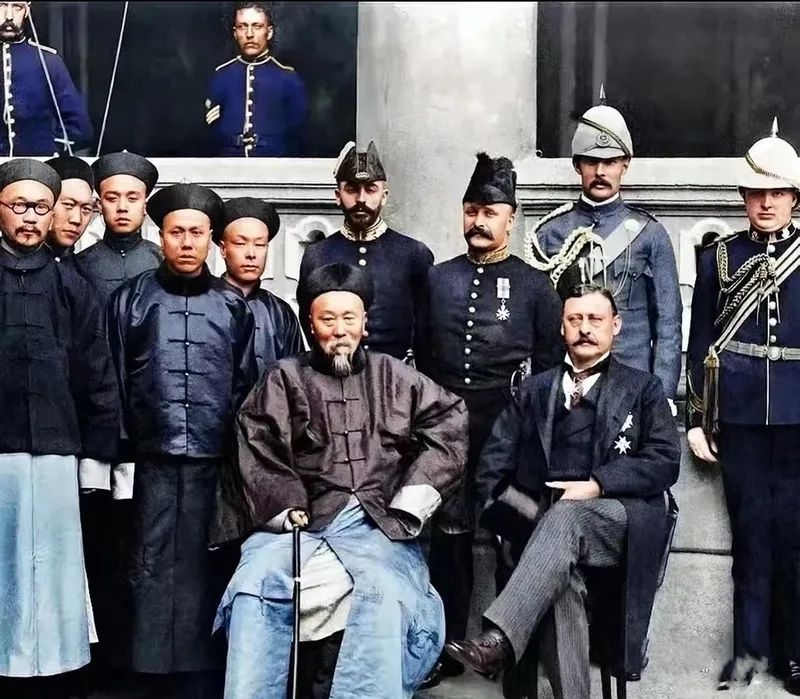
▲ The middle sitting is Li Hongzhang, and Li's right hand stands as Liu Xue. In the later period, AI coloring
Burlinton is the founder of British architect and founder of British architect, the founder of the 18th century. It is said that after entering the construction bank, he devoted himself to studying and studying the works of British architect Inigo Jones (1573-1652) and Italian architect Andrea Palladio (1508-1580). Famous architect. The Viswick (currently in London, the United Kingdom) he designed was the most influential New Paradio -style building in Britain at that time. As a result, Berllun's name is almost synonymous with "villas". Many emerging cities in North America use "Berlienton" as a beautiful and livable city name.
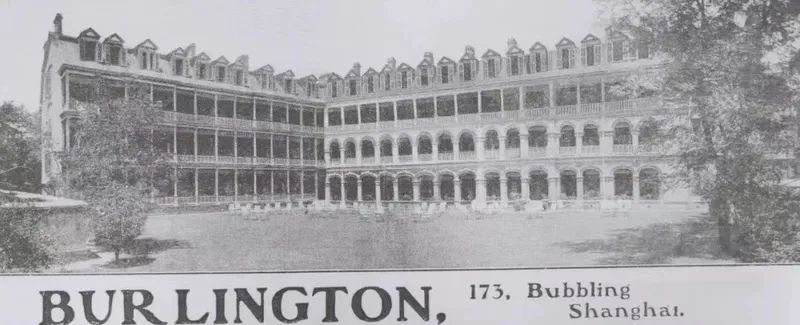
▲ Cangzhou Hotel
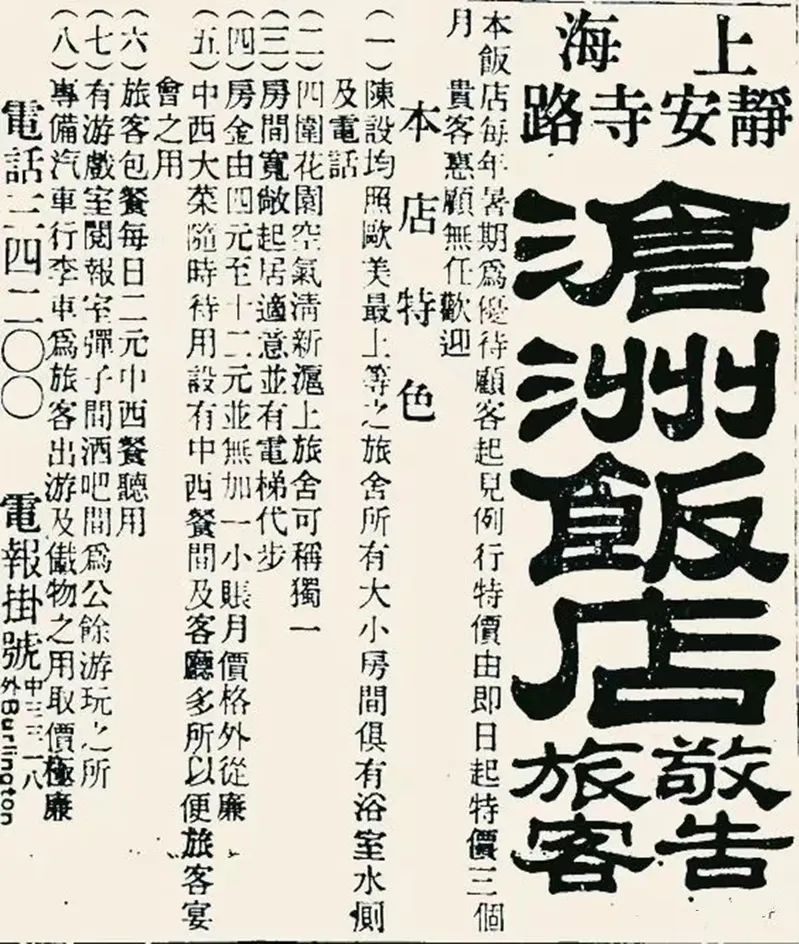
▲ In June 1934, Cangzhou Hotel published advertisements in newspapers
The hotel hostel is a service commercial institution and is open to society. Foreigners must have a Chinese name in the opening of the hotel in China. Many people are wondering. What does this English "Burlinton" have something to do with Chinese "Cangzhou" and how do they contact them?
It turns out that the "Cang" and "Cang" in ancient Chinese can be universal, that is, the color of green and green, such as "Cangtian" is "green sky", "Canglang" is "white waves"; "continent" is the water in the water, so " The original meaning of Cangzhou is the "sandbar of the mountains and rivers". It is mostly used in ancient Chinese to refer to the place of seclusion, which is synonymous with "Xanadu". For example, Ruan Ji, the Three Kingdoms, "Advance the Jin Wang Johor for Zheng Chong": "However, Lin Cangzhou and Xie Zhibei, ascending the mountains and the promise", Zhi Bo and Xu Yi are both well -known hermits, "Cangzhou", "萁", "萁 萁" The mountain "is the place where they live in seclusion. It is said that the Chinese name "Cangzhou" from "Burlinton" comes from the big conclusion of Wumeu Mountain monk Huang Zongyang. He has been a book book from an early age, and the ancient essays of the workers and the classics of Shakya. Because of dissatisfaction with reality, he became a monk and lived in the forest. However, this is just a rumor in the workshop and has not been verified. ▲ The entrance of the Cangzhou Hotel
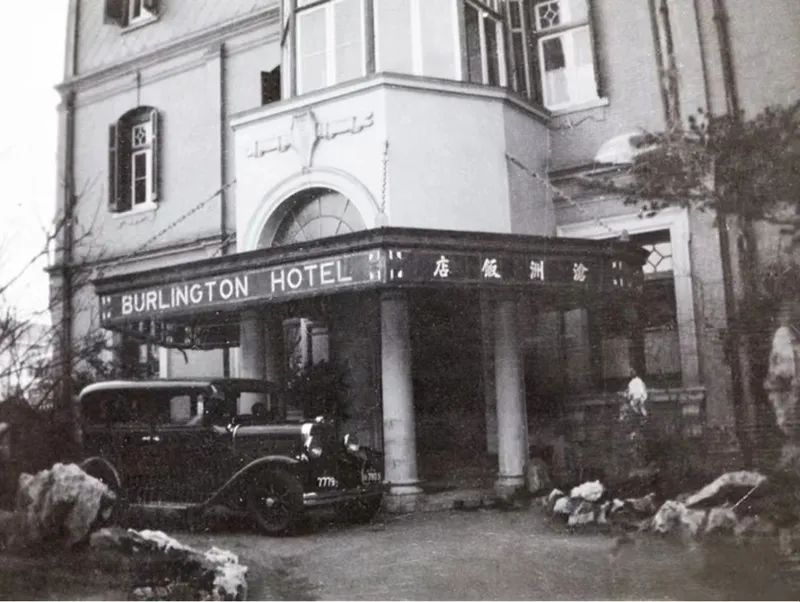
Cangzhou Hotel, designed by Moorhead & Halse, one of the famous architectural design firms in Shanghai. The building covers an area of about 8,800 square meters. The fake four -layer brick -concrete structure, the main building is a ruler -shaped, facing south and east. The first and second floors of the facade are the completely connected inner corridor supported by the continuous arch ring. The third floor is changed to a frame -type inner corridor, and the east facade is a frame -type inner corridor. (ROOF WINDOW), the so -called "tiger window" of the Shanghai people. The whole architecture style is concise and generous.
There are 102 rooms in the hotel, some rooms are installed, and a public phone is configured. At that time, it was a high -end hotel. According to the English News on September 28, 1911 ("The China Press"), Cangzhou Hotel will open on October 1, and more than half of the rooms have been reservations. The early Cangzhou Hotel address was No. 173 Jing'an Temple Road. It entered from Jing'an Temple Road. This channel is called "Cangzhou Road" (equivalent to the current No. 1213 Nanjing West Road, which is the passage of the Jincang Wenhua Hotel. ), In the house number adjustment of the 1930s, the "Cangzhou Road" was canceled and changed to "No. 1225 Jing'an Temple Road".
▲ Cangzhou Hotel Hall
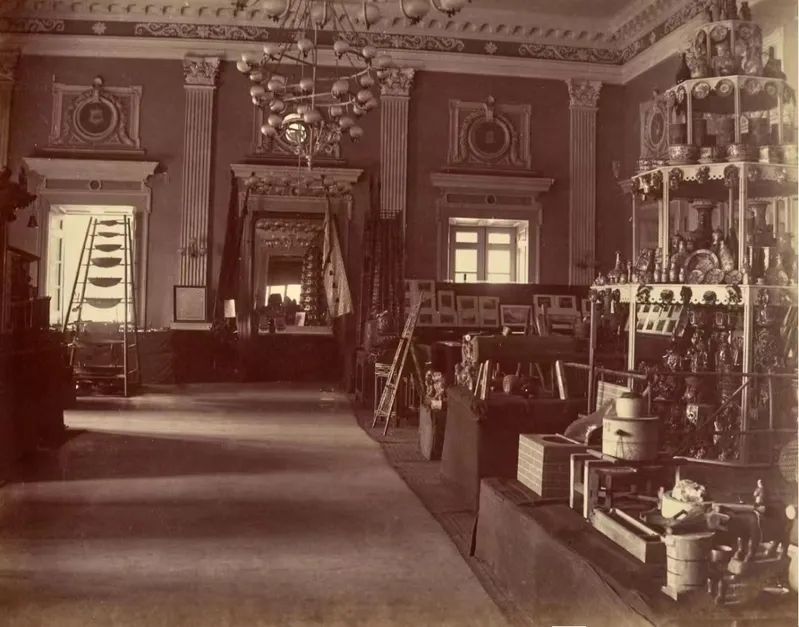
▲ The address of the Cangzhou Hotel in 1920 was No. 173 Jing'an Temple Road, which is the current Jincang Wenhua Hotel
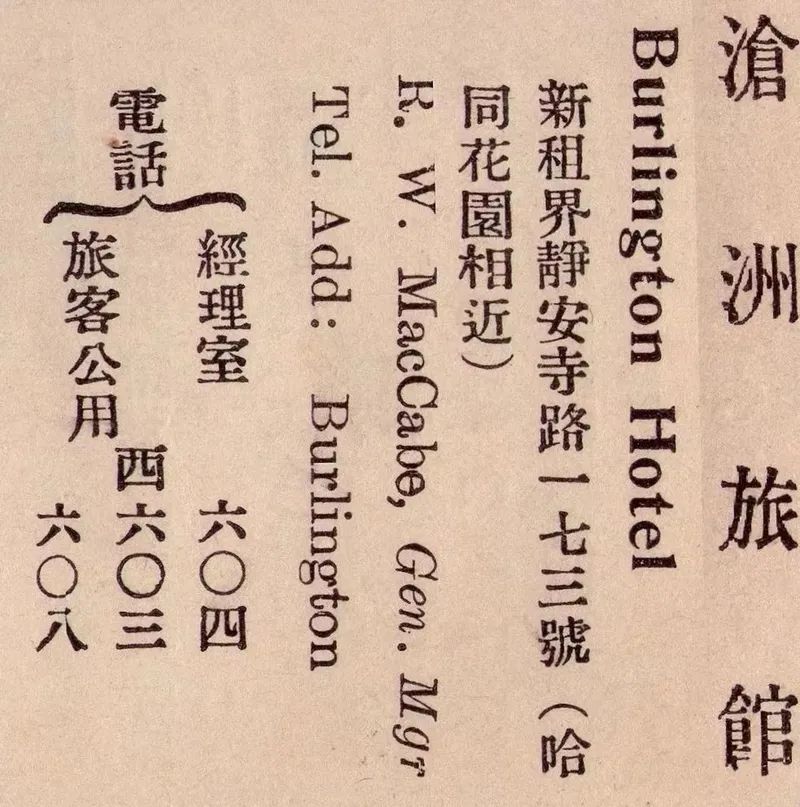
▲ Registered in 1937, the address of the Cangzhou Hotel is Jing'an Temple Road (Nanjing West Road) No. 1225
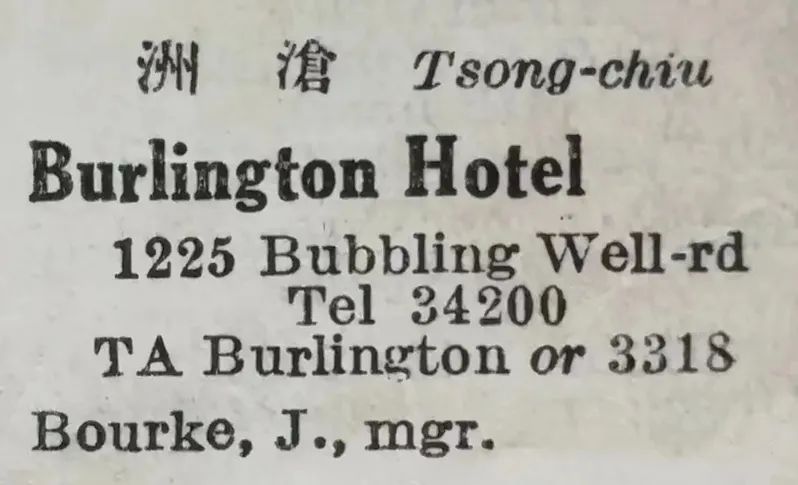
After the outbreak of the Anti -Japanese War of the January and 28th Shanghai Shanghai, the government intervention temporarily closed the war and entered the mediation stage. On April 29th, the "Tianchang Festival" of Emperor Yuren in Japan. The Japanese military planned to be held in Hongkou Park this day The "Tianchang Festival and the Victory of the Songhu War Wish Congress" caused great dissatisfaction among the Chinese government. Chen Mingshu, then the commander of Beijing (Nanjing), was the commander of the 19th Route Army of the Songhu War, Jiang Guangxi, and the boss of the commander of the 19th Route Army, and the commander Cai Tingzheng, which stimulated patriotism and planned to take revenge. However, he was worried about causing greater diplomatic incidents. He decided to entrust the Shanghai Ax Party leader Wang Yazhen to implement secret assassinations and create explosions in Hongkou Park. This was shocking the "Hongkou Park Bomb Case" at the time. Before the incident, Chen Mingshu personally came to Shanghai to meet Wang Yazhen secretly at the Cangzhou Hotel to explain the task and formulate plans. Cangzhou Hotel is a high -end hotel. There are many celebrities who stay in, and there are many rumors and legendary stories. This is only one of them.
▲ On June 18, 1936, Zou Yue, the son of the Kuomintang veteran Zou Lu, married Muzhen Muzhen in Lingnan University at Cangzhou Hotel
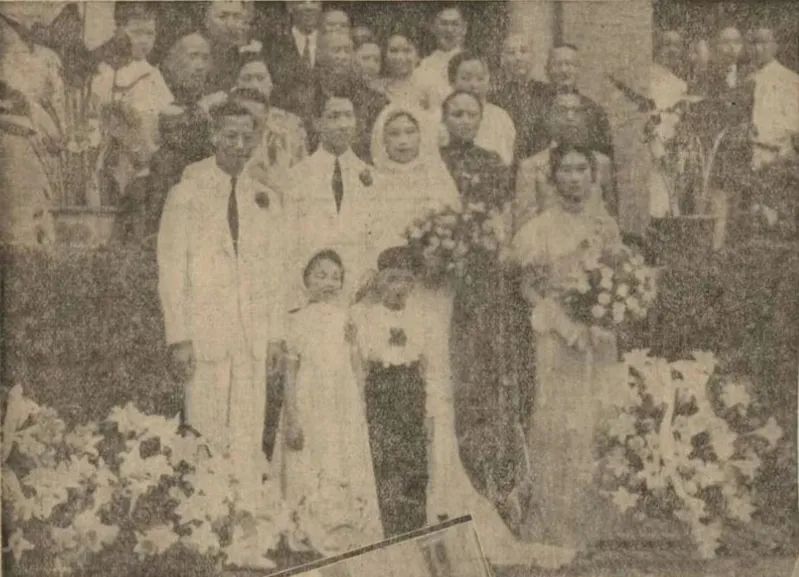
▲ On the Cangzhou Hotel on the map in 1947, a Germans started to open No. 1267 Nanjing West Road, Nanjing West Road on Cangzhou Hotel
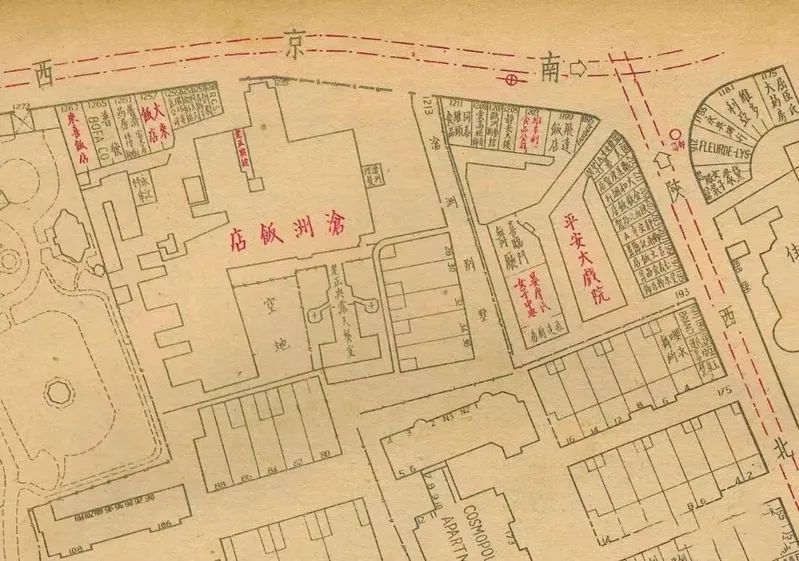
When it came out, the Cangzhou Hotel was a high -end hostel and a catering unit at that time. However, with the rise of other higher -end hostels and catering industries, the facilities of Cangzhou Hotel are old and backward, and their status has decreased. It has fallen into a mid -range hostel. The hotel once opened the "Cangzhou Bookstore" to attract guests.
On December 7, 1941, the Pacific War broke out. The Japanese army entered the concession the next day. The restaurant was occupied by the Japanese and became the dormitory of the Japanese army. Although the owner recovered the property rights after the victory of the Anti -Japanese War, there was no enough capital investment. After the founding of the People's Republic of China, the Cangzhou Hotel once became the former Nanjing Military Region Guest House. It was not open to the public. The Cangzhou Hotel slowly disappeared in the memory of Shanghai people. In 1986, the old house of Cangzhou Hotel was demolished and built the "Jincang Wenhua Hotel" on the original site. In 1990, the address was 1213 Nanjing West Road.
▲ The picture shows the open space left after the old building of the Cangzhou Hotel in the early 1980s.
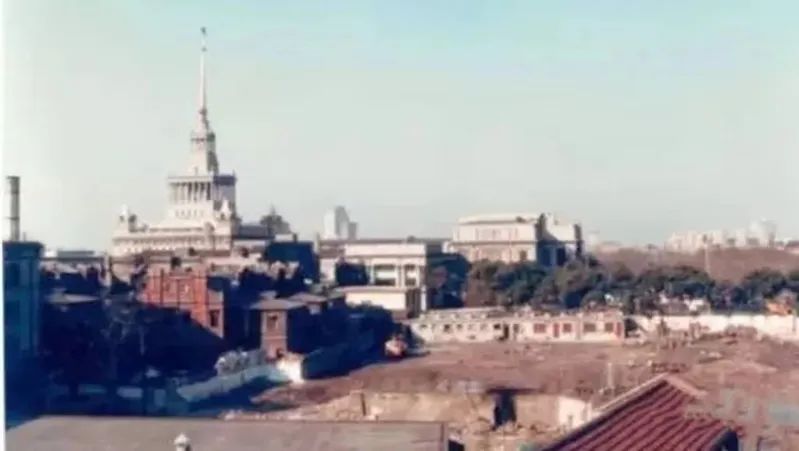
▲ The Shanghai Mall and Jincang Wenhua Hotel (right) in the construction, the picture comes from Fang Zhi Shanghai
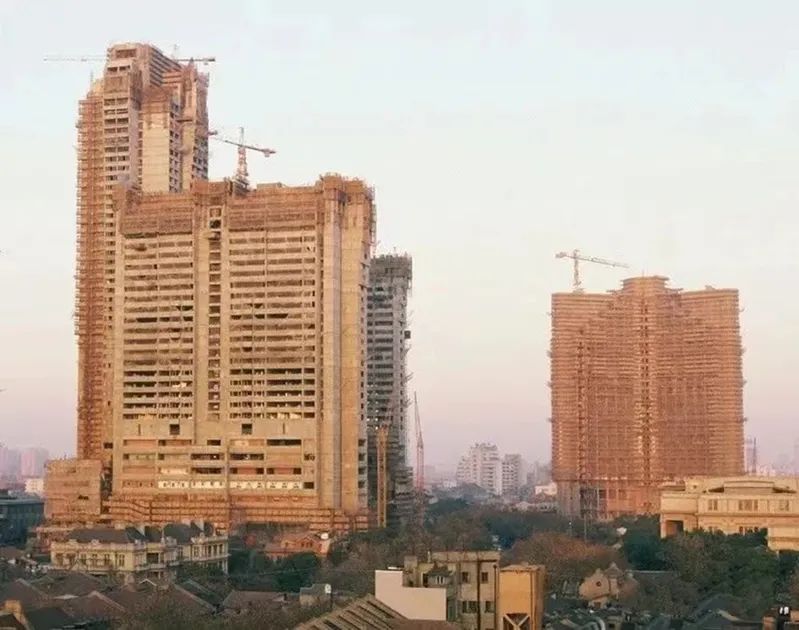
Nowadays, after decades of storms in the Jincang Wenhua Hotel, after some renovation and renovation, it will re -appear and become a witness to the city's change again.
Liberation Daily · Shangguan News Original manuscript, reprinting without permission
Author: Xue Liyong
WeChat Editor: Ta Ni
School pair: OKELLY Xiaochuan

- END -
"China Archaeological Conference" uses "public archeology" to set up the bridge of archeology and the public
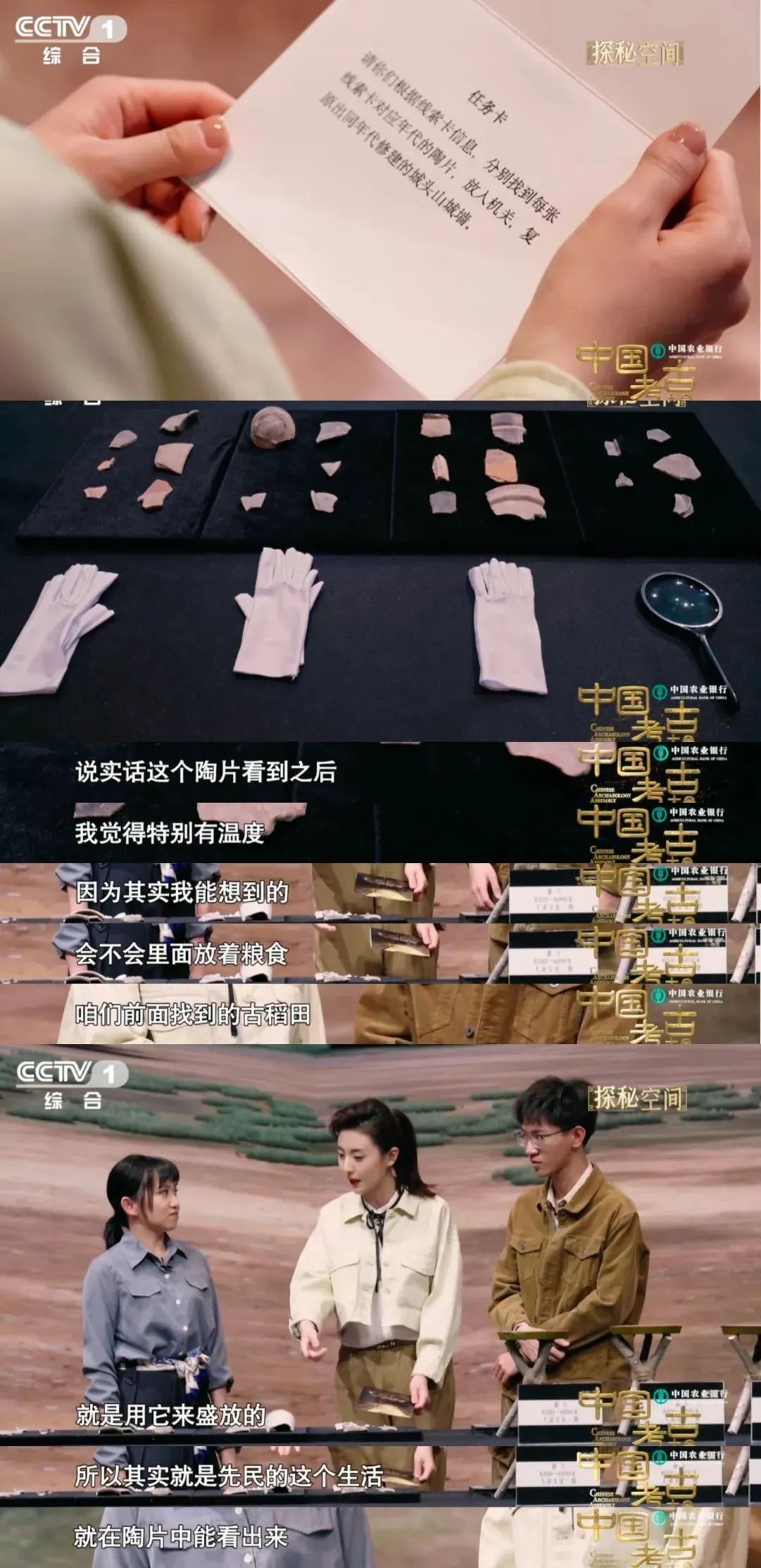
In recent years, the public's enthusiasm for cultural relics and ruins has become ...
Lile and Music Shandong | Weifang: [Create the Capital of East Asian Cultural Capital] "Summer" in Zhucheng -to pay tribute to red tour
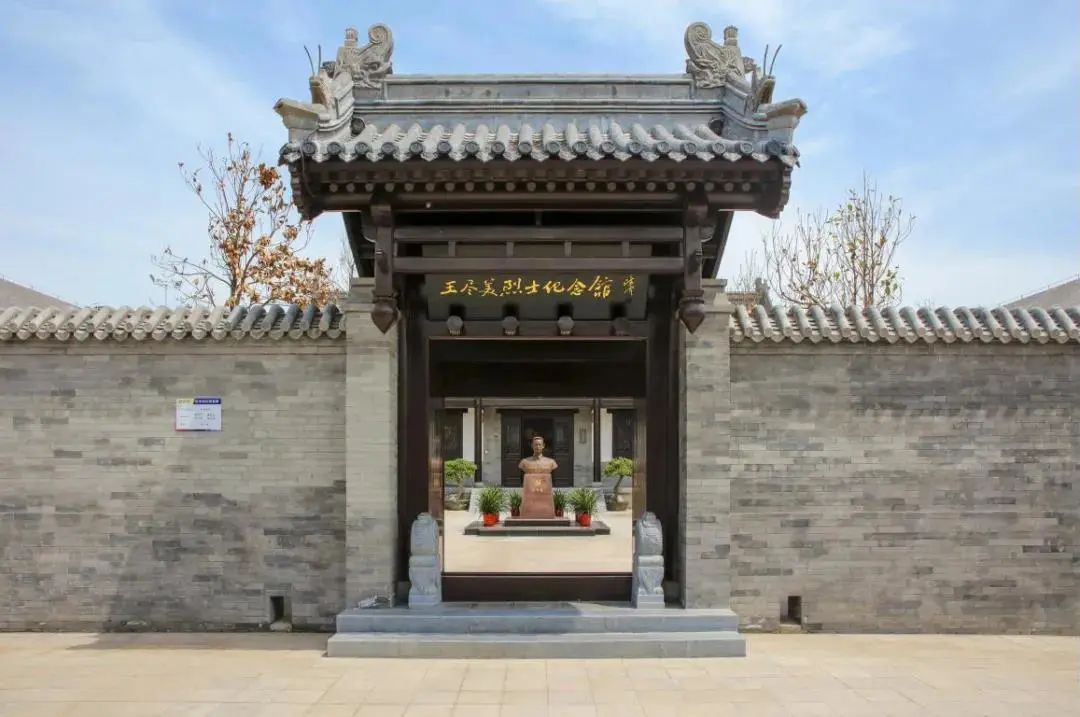
I went to different places, looked at different scenery, knew different things, an...